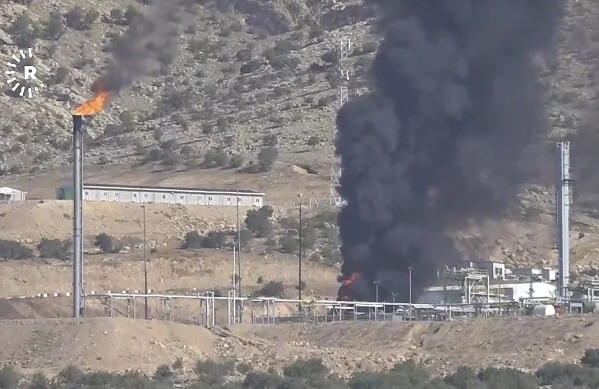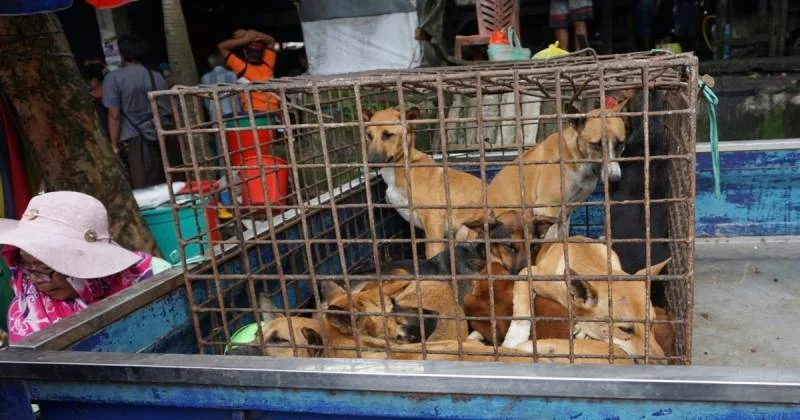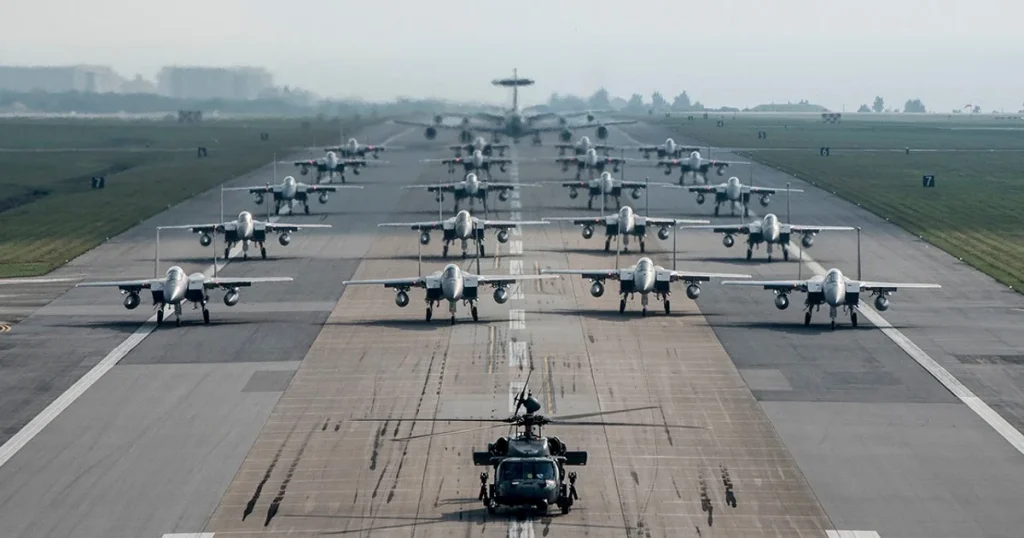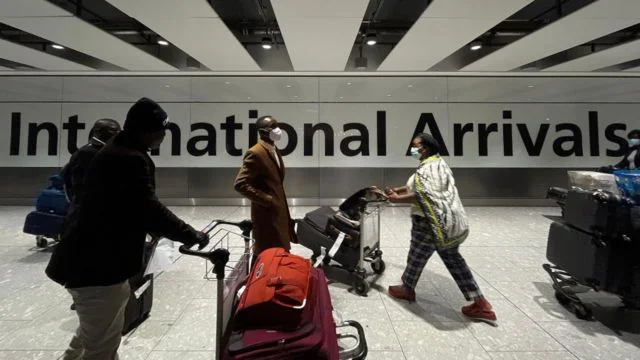Drone attacks struck oilfields in Iraqi Kurdistan on Thursday, with the latest targeting a site run by Norway’s DNO in the Tawke area near Zakho. The region’s counter-terrorism unit reported the incident.
This marks the second strike this week on DNO’s facilities, which also include the Peshkabour oilfield along the Turkish border. DNO has not yet provided a statement.
These are the first attacks on oilfields here and align with renewed assaults on Red Sea shipping by Iran-aligned Houthi militants in Yemen, the first in seven months.
Impact on Oil Output
The attacks, occurring over four days, have disrupted production significantly. Energy officials note a loss of 140,000 to 150,000 barrels per day (bpd), reducing output by over half from the region’s usual 280,000 bpd.
No injuries have been reported, but the damage has led to closures. U.S.-based Hunt Oil, operating the Ain Sifni oilfield in Dohuk, faced a strike on Wednesday.
Hunt Oil confirmed no workers were hurt but shut down to assess the impact. No group has claimed responsibility, though local security experts point to Iran-backed militias as the source, launching drones from their controlled zones.
Broader Context and Suspicions
Iran supports the Islamic Resistance in Iraq, a group of about 10 Shi’ite militant factions with around 50,000 fighters.
These groups have launched numerous missile and drone attacks on Israeli and U.S. targets in Iraq and Syria since the 2023 Gaza conflict started.
The Kurdistan strikes may relate to regional tensions or economic pressure on the Kurdish leadership.
While evidence suggests Iran-backed involvement, the absence of claims leaves some uncertainty about the full intent.























